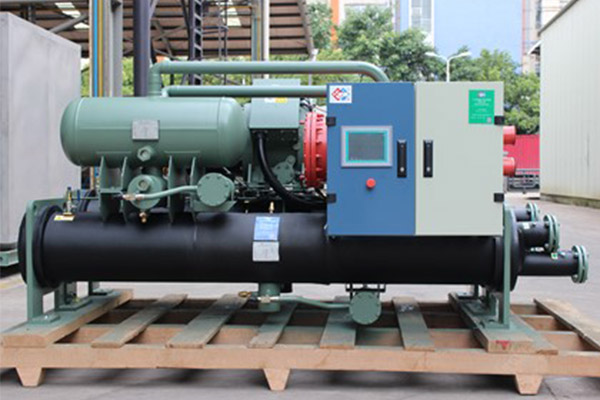In the operation of hotels, energy costs are a significant factor that cannot be overlooked. The advent of heat recovery chillers offers an efficient and energy-saving solution for hotels.
A heat recovery chiller, in simple terms, not only performs cooling tasks but also effectively recovers heat. For hotels, this is a highly practical feature. Traditional chillers only accomplish cooling, wasting the heat generated. However, heat recovery chillers are different; they can convert the otherwise wasted heat into usable hot water.
In principle, during the cooling cycle of a chiller, the refrigerant releases heat. Heat recovery chillers use special devices to collect this heat, and through a series of heat exchange processes, they can produce hot water. This hot water can be used in various scenarios within the hotel. For example, it can supply water for guest rooms' washing and brushing, provide hot water for the hotel's restaurant kitchen, and even be used for heating the swimming pool.
From a cost perspective, using a heat recovery chiller in a hotel means getting hot water for free while cooling. This significantly reduces the energy consumption required for the hotel to prepare hot water separately, such as reducing the use of gas or electric water heaters. Over time, this can save the hotel a considerable amount of money.
From an environmental perspective, the use of this equipment also reduces energy waste and lowers the hotel's carbon emissions. This aligns with modern society's requirements for corporate energy conservation and emission reduction, and it helps enhance the hotel's social image.
For hotels, heat recovery chillers are a multi-beneficial device. They not only meet the hotel's cooling needs but also allow the hotel to easily achieve free hot water supply, offering positive implications in terms of cost savings and environmental protection.

评论
发表评论